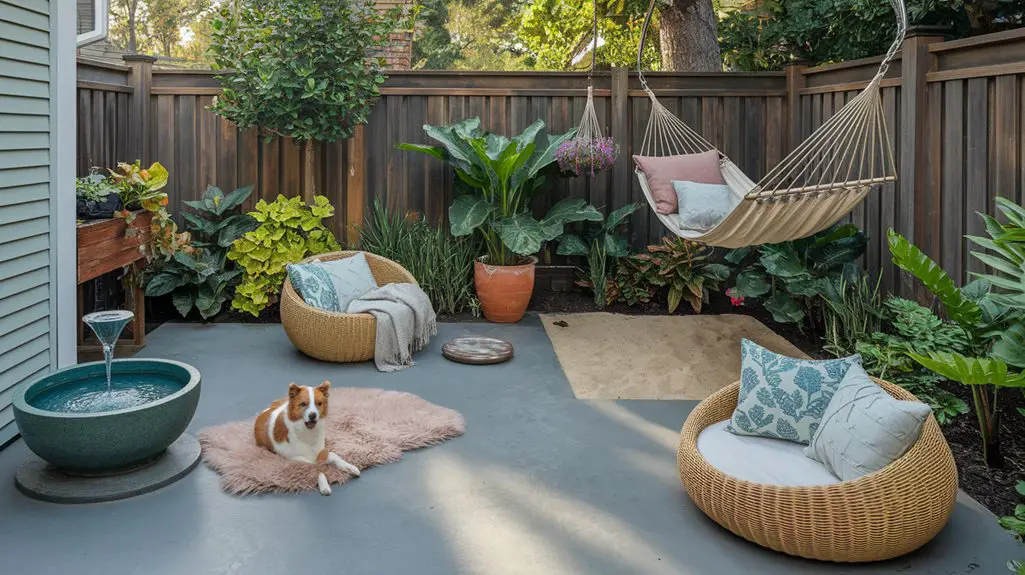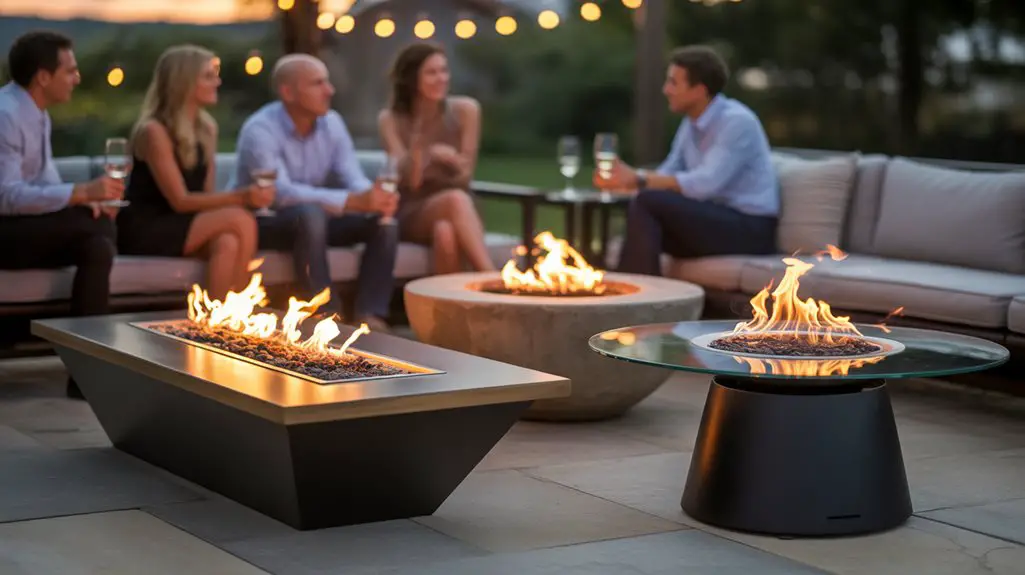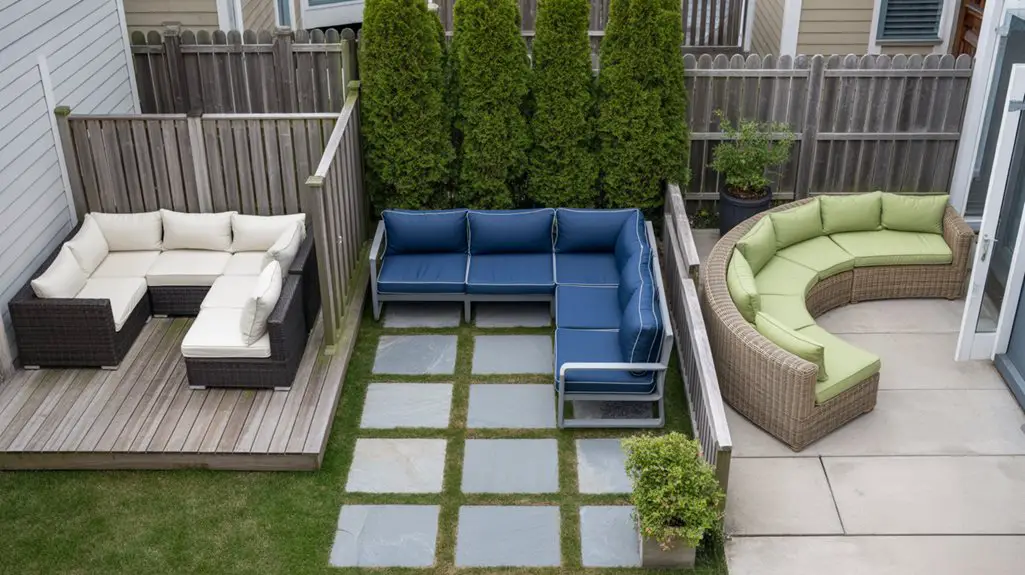While modern homes prioritize human comfort, your pets require specially designed relaxation zones for their physical and emotional wellbeing. You’ll notice immediate behavioral improvements when you create dedicated spaces that align with their natural instincts. Consider your pet’s species-specific needs—dogs require ground-level sanctuaries while cats benefit from vertical retreats. These specialized zones aren’t just luxuries; they’re essential components of a pet-friendly environment that can prevent anxiety-related behaviors and enhance your companion’s quality of life.
Identify Your Pet’s Natural Behaviors and Preferences
Why do some pets instantly gravitate toward certain spaces while avoiding others? It’s because animals possess innate ethological patterns that drive their environmental preferences.
Observing your pet’s natural behaviors provides vital insight for designing ideal relaxation zones. For canines, den-seeking behaviors indicate a need for enclosed, securitized spaces with visual barriers on multiple sides.
Felines typically prefer elevated perches with panoramic sightlines while maintaining concealment options. Note your pet’s thermoregulatory habits—do they seek sun puddles or cool tile surfaces?
Document your companion’s circadian rhythms, preferred substrate textures (plush versus firm), and social positioning within your home.
These behavioral indicators serve as design blueprints for creating species-appropriate sanctuaries that address both psychological and physiological needs.
Create Shaded Retreats With Weather Protection
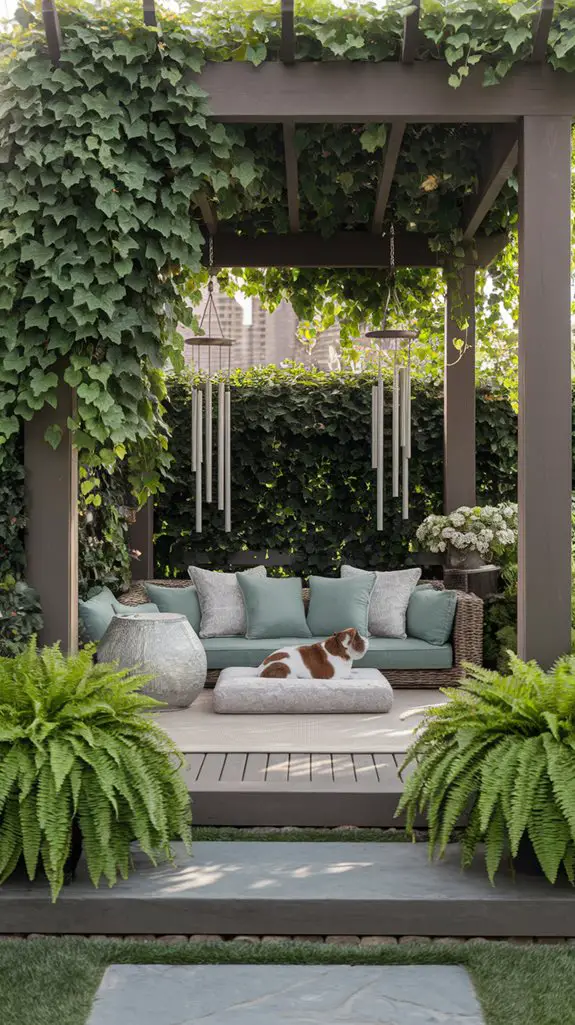
Whether outdoors or by interior windows, creating microclimate sanctuaries with strategic shading elements allows your pet to self-regulate thermal comfort throughout changing seasons.
Install modular canopies with UV-resistant fabric that blocks 90% of harmful rays while maintaining ambient airflow. Position these retreats perpendicular to prevailing winds to minimize draft exposure during colder months.
Incorporate dual-layer insulation beneath resting platforms—a moisture-wicking top layer paired with thermal-reflective underlayment creates year-round comfort.
For indoor zones, consider window film with ceramic nanoparticles that deflect infrared heat while preserving natural light. This prevents overheating in sun-facing nooks without compromising your pet’s desire for solar basking.
You’ll want weatherproof entry points with overlapping protective flaps for outdoor enclosures, ensuring precipitation doesn’t compromise the microclimate you’ve engineered. Additionally, creating a fun outdoor space can enhance the overall experience for both pets and guests.
Incorporate Sensory Elements for Stress Reduction
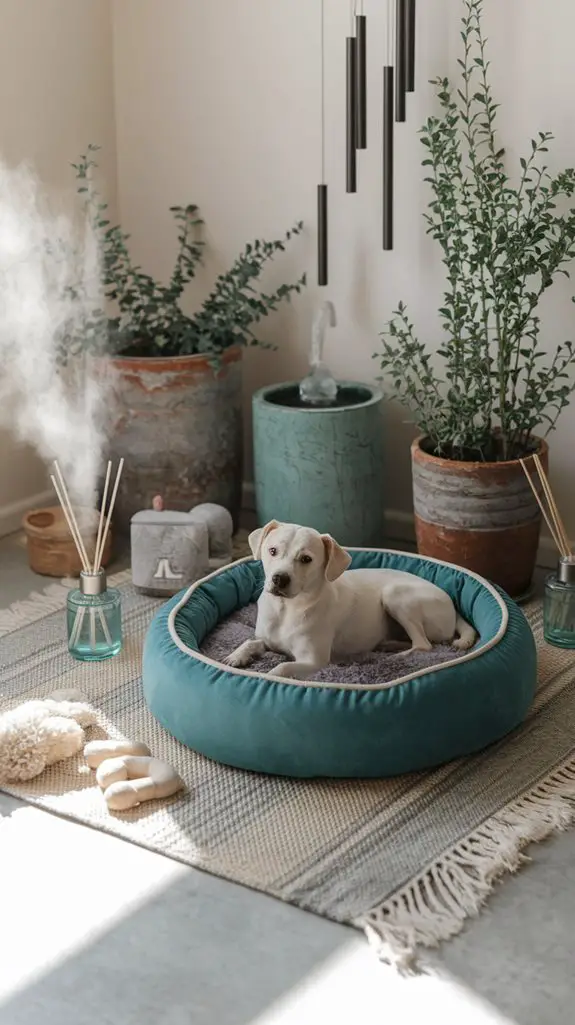
Integrating multi-sensory stimulation into your pet’s relaxation zone creates neurological pathways that trigger parasympathetic responses and lower cortisol levels.
Consider incorporating olfactory enrichment with pet-safe lavender or chamomile diffusers positioned strategically at entry points to signal the shift to a calming space.
Auditory elements should include sound barriers that dampen startling noises while introducing white noise machines or species-specific calming frequencies (432Hz works well for canines).
Tactile stimulation is equally essential—install varying textures like cooling gel mats, microplush bedding, and pressure therapy blankets.
Visual calming comes from chromotherapy principles: utilize blues and violets in high-anxiety pets, while yellows and greens suit geriatric animals.
Combine these sensory inputs to create an environmental intervention that modulates your pet’s autonomic nervous system response. Additionally, a fenced pet-friendly yard can provide a secure space for pets to enjoy these sensory elements outdoors.
Design Safe Elevation and Observation Points
The multi-sensory environment gains another dimension through thoughtfully designed elevation points that cater to your pet’s innate surveillance behaviors.
For felines, install wall-mounted perches at graduated heights to satisfy their territorial scanning instincts, ensuring each platform has non-slip surfaces and adequate depth (minimum 12″) for secure lounging.
For canines, consider strategically positioned raised beds near windows with reinforced supports proportionate to their weight class. These vantage points should offer clear sightlines to both outdoor stimuli and household entry points to reduce territorial anxiety.
Incorporate safety features like guardrails on higher perches, gradually sloped ramps with anti-slip treads (15° maximum incline for senior pets), and cushioned landing zones.
Always anchor climbing structures to wall studs or floor joists to prevent tipping hazards during enthusiastic surveillance activities. Additionally, providing safe climbing structures can enhance your pet’s confidence and encourage natural exploratory behaviors.
Balance Active Play Areas With Quiet Relaxation Spaces
A well-designed pet relaxation zone requires strategic partitioning between dynamic exercise areas and tranquil retreat spaces, as their juxtaposition creates essential behavioral contrast for your pet’s psychological wellbeing. Additionally, incorporating backyard enclosures for pets can enhance safety and security in these designated areas.
Implement spatial differentiation using acoustic barriers and visual cues that signal distinct behavioral expectations. You’ll want to establish clear environmental thresholds between zones.
| Zone Type | Design Elements | Behavioral Benefits |
|---|---|---|
| Active | Durable flooring, open sightlines | Energy release, cognitive stimulation |
| Shift | Textural changes, moderate lighting | Decompression, behavioral cueing |
| Quiet | Sound-dampening materials, enclosed spaces | Cortisol reduction, parasympathetic activation |
| Enrichment | Interactive elements, variable terrain | Engagement without overstimulation |
| Rest | Thermal comfort, minimal traffic | Deep sleep cycles, stress recovery |
This zonal design approach creates an environment that respects your pet’s circadian rhythms while accommodating their species-specific needs for both exertion and recovery.
Conclusion
You don’t need to invest in expensive pet furniture to create these zones—repurpose household items for DIY solutions that serve the same ethological needs. By implementing these environmental enrichment strategies, you’ll establish a multi-modal relaxation environment that reduces cortisol levels and promotes parasympathetic activation in your companion animals. Soon, you’ll notice improved behavioral indicators and reduced stereotypic behaviors that previously signaled stress and anxiety.

